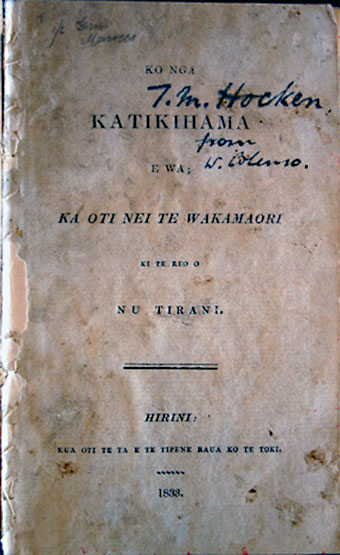

Yates and Richard Oglesby were among the last persons with whom Mr. Maryland was originally a Catholic colony and several Yate sons from Lyford emigrated there. Then Kentucky, Tennessee, Illinois, and then into the western states’. Most of the Yates family genealogy was first through “Baltimore Maryland” into Virginia, where my family was from. We have been contacted by a descendant, now living in America, who notes that they are ‘a descendant of the Yate/Yates family into America in the 1600’s. So, ‘Frances’ and ‘Francis’ may indeed have been the same person.

However, the spelling of Frances/Francis can occasionally be inconsistent for records of this period (at least when transcribed) and in the context of Yates I have come across the spelling ‘Frances’ being used for a male and ‘Francis’ for a female. If the widowed Frances Yate was still alive at the time, she was possibly the tenant of Charney Manor who sublet it. One of their daughters was Frances Clare Yate (1597?-1625), a Franciscan nun at Nieuport in Flanders. The first wife of this second Thomas was Mary Tregian, whose father was imprisoned for 28 years for harbouring the canonised Catholic martyr Cuthbert Mayne.

Francis was the owner of Lyford and married Jane Tichborne (probably about 1560): their son, another Thomas Yate and also an owner of Lyford Grange, was born about 1570 and still alive in 1623. Thomas Yate (died 1565) married Frances White and they had a son called Francis (thought to be born in the early 1530s and who died in 1588). That said, the female form Frances is much rarer among the Yates. And there are John Yates and Mary Yates galore, often contemporaries living in close proximity. There were a number of Yate families in the Vale, so it is sometimes tricky to determine, for example, which Francis is which. With the Yates, as with so many families, we suffer from the problem of the same forenames being used not only in successive generations but also by cousins, etc. Tony Hadland has written to us and advised us of the following: In 1970 he was formally declared a saint by the Pope. It was there that Edward Campion was captured after a protracted search and he was eventually hanged, drawn and quartered. Lyford Grange at the time was a moated manor house similar in scale to Baddesley Clinton. John Yate owned sheep farms in Wantage and Lambourn in 1538 he bought the former Abingdon Abbey grange at nearby Lyford and moved there.’. His son John traded from there as a highly reputed merchant of the staple at Calais. In the mid-1400s, Richard Yate settled in Charney Bassett, a village a few miles south of Buckland. ‘The Yate family came to the Vale as wool merchants.


 0 kommentar(er)
0 kommentar(er)
